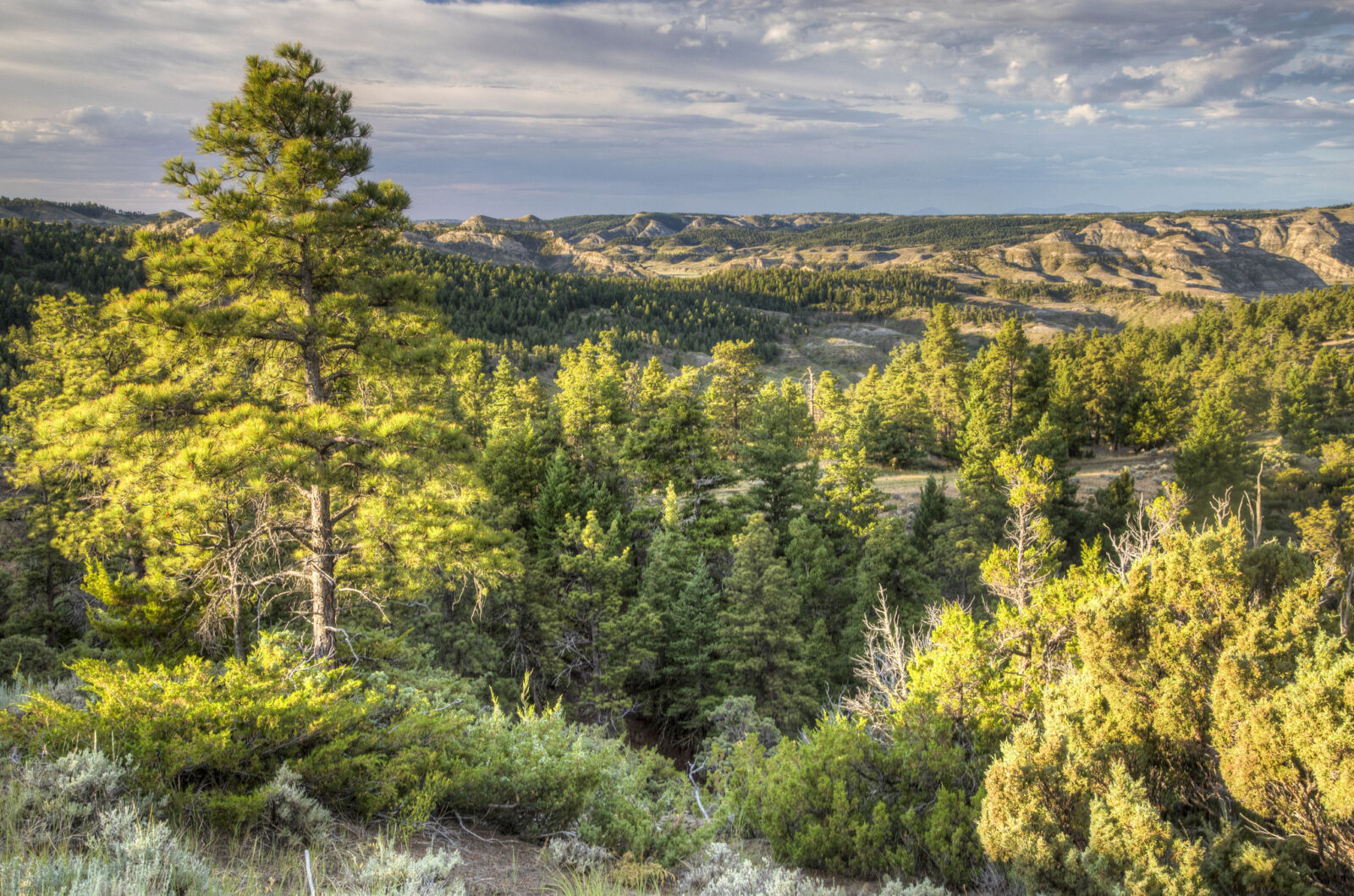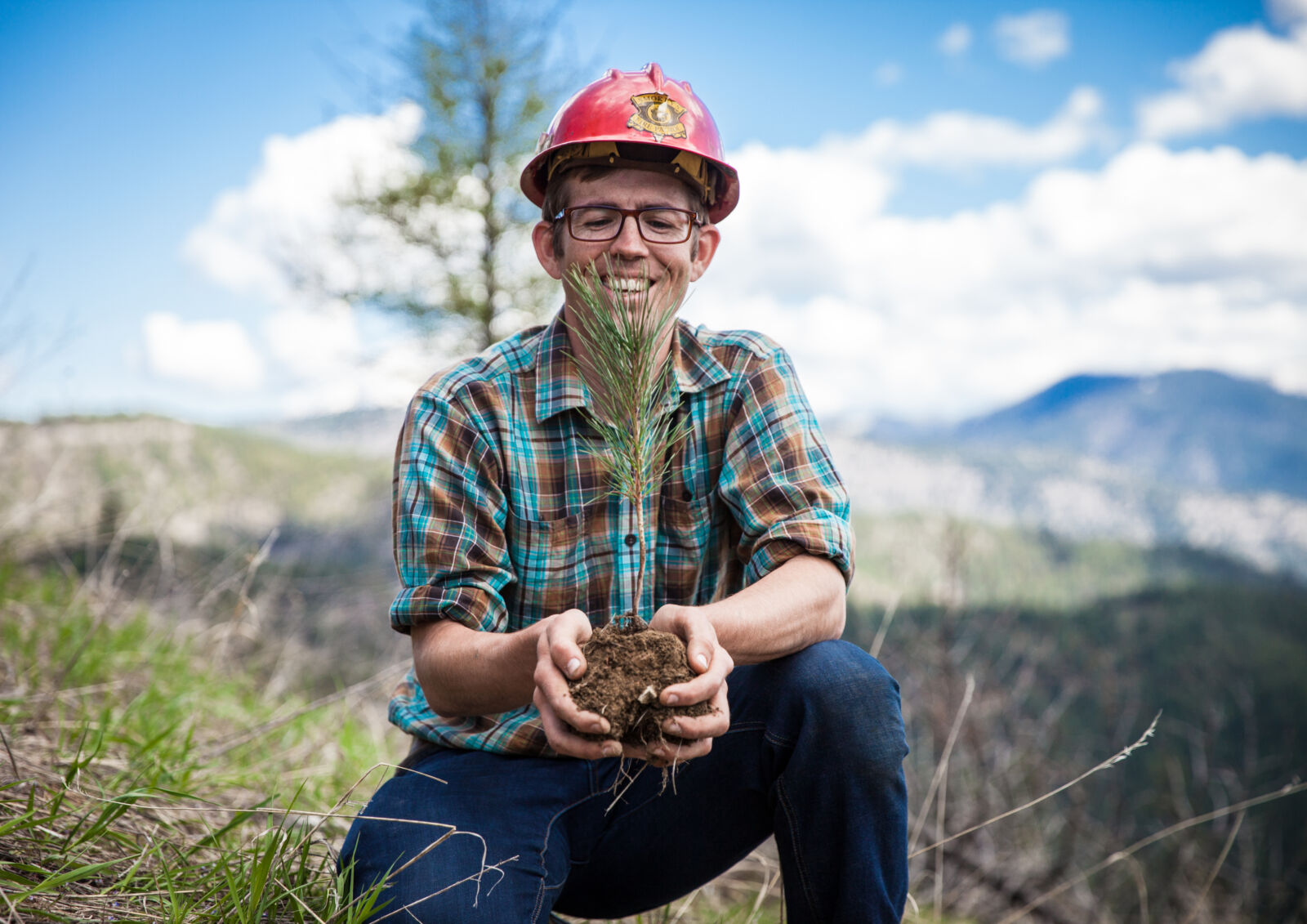On October 8, 2018, the UN Intergovernmental Panel on Climate Change (IPCC) released a report with a dire warning: We only have a dozen years to curtail global greenhouse gas emissions and limit global warming to 1.5 ° Celsius by 2100 to prevent irreversible losses to Earth’s ecosystems.
Why does 1.5 ° C matter?
The world is currently 1 ° C warmer than preindustrial levels, and we’ve already seen the impacts– from rising sea levels that are contributing to refugee crises to destructive wildfires that threaten the Western U.S. The relationship between temperature increase and global impacts is not linear – a fraction of a degree can have big environmental impacts. For every small increase in global temperature, we risk exceeding certain tipping points, such as the thawing of Arctic permafrost that can trigger large scale, permanent changes.
Limiting global temperature increase to 1.5 °C could help preserve places like the Artic, and prevent complete destruction of other sensitive ecosystems like coral reefs.

How do we get there?
The IPCC maps out four pathways for the world to limit temperature increase to 1.5 °C. The report notes that these pathways will require “rapid and far-reaching transitions in energy, land, urban and infrastructure, and industrial systems.” In addition to reducing emissions, we must also be capturing and storing carbon effectively. The IPCC states that large-scale reforestation is a necessary component of any pathway to limit temperature rise.
The take home? If we want to limit global temperature increase to 1.5 °C, we need to plant billions of trees, and soon.
Why is reforestation so important?
Forests are referred to as “carbon sinks,” meaning they store carbon. As trees grow they absorb carbon dioxide (CO2) from the atmosphere, providing long term carbon storage and releasing oxygen in return. Forests’ role in mitigating climate change is significant - in the past thirty years, forests offset approximately 30% of annual global CO2 emissions. In the U.S., forests absorb 10-20% of annual U.S. fossil fuel emissions.
As complex as science can be, the IPCC’s recommendation on reforestation is quite simple– planting trees is an absolute necessity to curbing global warming. By restoring forest cover, not only will we store carbon, we will benefit from all of the other life sustaining services that forests provide.

How you can help
When we look toward solutions for climate change, we’re often daunted by the scale and complexity of the issue. Is my reusable coffee mug making a difference? Will carpooling once a week really help? That’s okay, we’re all asking ourselves the same questions.
Fortunately, supporting reforestation is perhaps the most simple and direct action one can take to help limit climate change. The U.S. is home to 193 million acres of National Forest lands – public lands that provide us with recreational opportunities, drinking water, and wildlife habitat. Working together with the U.S. Forest Service and our partners, the National Forest Foundation (NFF) is planting millions of trees every year on our forests.
For just $1 per tree, you too can help restore our forests and sequester more carbon.

Join us
On Earth Day 2018, the NFF announced a campaign to plant 50 million trees on our National Forests. Working closely with the U.S. Forest Service and our supporters, we’re focusing on U.S. National Forests that need our help the most. From wildfire recovery in California to longleaf pine reforestation in Florida, the trees we plant are helping ensure a brighter future for our climate, and for us.
We hope you will join us in our efforts by supporting critical reforestation efforts that will restore our forests, and reduce global warming:
- Plant trees today, every $1 plants one tree
- Have your company become a Corporate Partner
- Start your own fundraiser to plant trees

